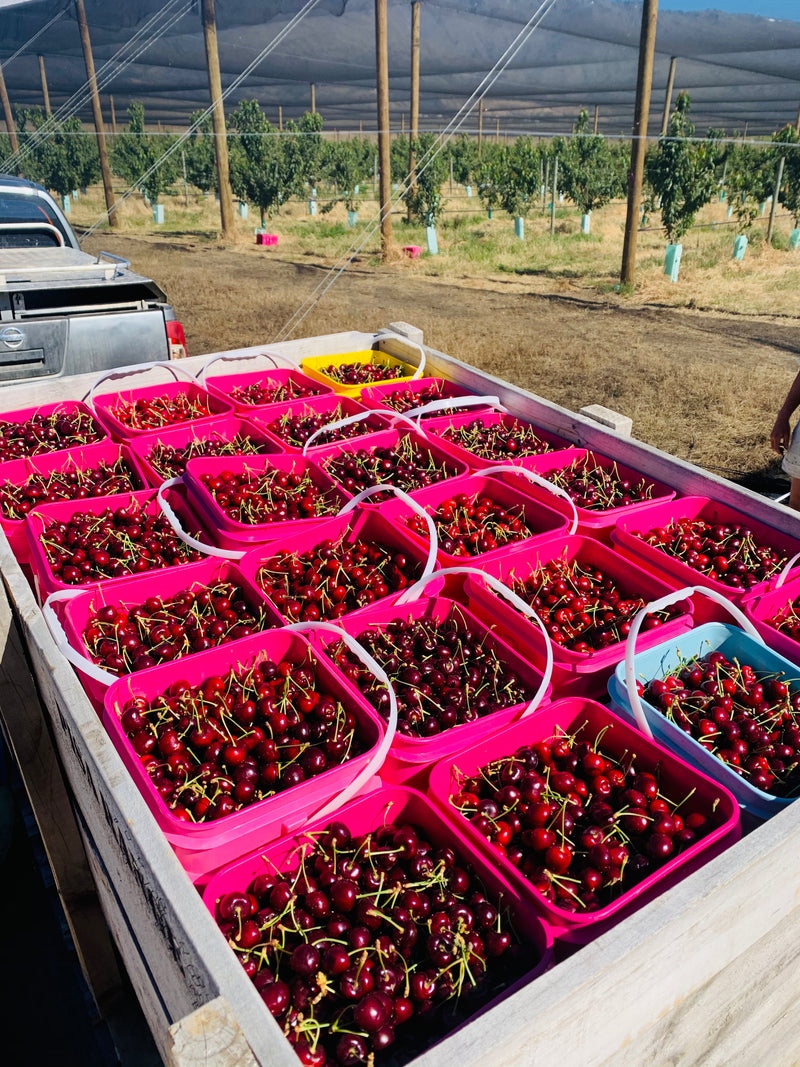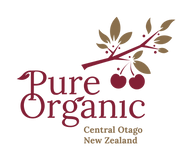Cherries are a delicious treat for us and, unfortunately, for some pesky bugs too. If you've ever dreamt of growing beautiful cherry trees full of sweet fruit, it's important to learn about the little creatures that might try to munch on them first. Various pests find cherries irresistible, and knowing how to deal with them is key to keeping your trees healthy.
Identifying these cherry-loving bugs can help you take action before they cause too much harm. From tiny insects that hide under leaves to those that bore into the fruit, each pest presents its own challenges. Luckily, there are plenty of organic ways to manage and control these intruders without harming the environment.
By being vigilant for signs of infestation and using natural methods, you can protect your cherry trees and enjoy a bountiful harvest. Incorporating preventative tips and caring practices also ensures your trees are resilient against pests. Dive into this guide to learn more about caring for your cherry trees and keeping them free from unwanted bug guests.
Common Cherry Pests: Who They Are
Several pests love cherries just as much as we do. Knowing which bugs to watch out for can help you protect your cherry trees more effectively. Some common culprits include:
1. Cherry Fruit Fly: One of the most notorious pests, the cherry fruit fly lays eggs on cherries, turning into larvae that eat the fruit from the inside. They make the cherries look unappetising and cause them to rot.
2. Aphids: These tiny insects group together on the undersides of leaves and suck out the sap. Their feeding weakens the tree and can lead to leaf curl and yellowing.
3. Leafhoppers: These pests jump from leaf to leaf, piercing and sucking nutrients. They can spread diseases and weaken the cherry tree over time.
4. Scale Insects: Scale insects attach themselves to branches and twigs, looking like small bumps. They feed on plant juices, causing stress and weakening the tree.
5. Borers: These are beetles that lay eggs on the bark of the tree. Once hatched, the larvae bore into the wood, damaging the tree’s structure and vitality.
By recognising these pests, you can target your pest control efforts effectively, ensuring your cherry trees thrive and produce abundant fruit.
Signs of Infestation: What to Look For
Spotting pests early can save your cherry trees from serious damage. Different pests leave different signs, so being aware of these signs can help in managing an infestation quickly and effectively.
- Holes and Tunnels in Fruit: Small holes or tunnels in your cherries often indicate the presence of cherry fruit flies or borers. Regularly inspect the fruit to catch these early.
- Sticky Residue on Leaves: A sticky substance, known as honeydew, left by aphids, can attract sooty mould and make leaves appear dirty or blackened.
- Curling or Discolouration of Leaves: Leaves curling or turning yellow can result from an aphid infestation. This is due to the sap-sucking that stresses the plant.
- Bumps on Branches: Scale insects create small, hard bumps on branches. Check branches closely for these tell-tale signs.
- Sudden Wilting or Leaf Fall: If you notice leaves wilting or falling unexpectedly, leafhoppers or borers might be the cause. They weaken trees, making them more susceptible to stress.
Checking your cherry trees regularly for these symptoms will help you detect any problems early. By catching signs of pests quickly, you increase your chances of implementing effective control methods and keeping your trees healthy.
Organic Methods for Pest Control
Dealing with cherry tree pests doesn't mean you have to resort to harsh chemicals. There are plenty of organic methods to keep your trees healthy while respecting nature. Here are some effective strategies:
- Neem Oil: Neem oil works wonders against a variety of pests, including aphids and leafhoppers. It disrupts their feeding and reproduction, reducing their population.
- Insecticidal Soap: This soap is effective on soft-bodied insects like aphids. It dries them out without harming beneficial insects like bees.
- Companion Planting: Use plants like marigolds or garlic around your cherry trees. These plants naturally repel pests and can reduce infestations.
- Manual Removal: Sometimes, the simplest methods work best. Picking off larger pests like scale insects by hand can quickly reduce numbers.
- Introduce Beneficial Insects: Ladybugs and lacewings eat aphids and other pests. Encourage them to visit your garden to keep pest populations in check.
Each of these methods offers an environmentally friendly way to protect your cherry trees. By using organic pest control, you maintain a healthy ecosystem and ensure your cherries are safe to eat.
Preventative Tips for Protecting Cherry Trees
Prevention is the best way to keep pests away from your cherry trees. Implementing a few simple practices can create a strong defence and help your trees flourish.
- Prune Regularly: Trim away dead branches and excess foliage to improve air circulation. This makes the environment less appealing to pests.
- Inspect Trees Often: Regular checks for pest signs allow you to act swiftly before infestations grow.
- Keep the Area Clean: Clear away fallen fruits and leaves, as they can attract pests. Clean surroundings make it harder for pests to establish themselves.
- Attract Birds: Birds are natural pest controllers. Installing bird feeders can encourage them to visit your garden and eat pesky insects.
- Use Barriers: Physical barriers like netting can prevent flying insects from reaching your cherries, keeping the fruit safe.
By staying vigilant and maintaining these practices, you help your trees resist pests naturally. This leads to healthier trees and better-tasting cherries.
Conclusion
Protecting your cherry trees from pests is essential to harvest delicious, juicy cherries. By identifying common pests and understanding signs of infestation, you can act quickly and effectively. Organic methods provide safe pest control solutions, while preventative tips offer long-term protection for your trees. A balanced combination of these practices helps keep your garden thriving.
At Pure Organic, we believe in nurturing nature without resorting to harmful chemicals. Explore our world of cherries and discover how our organic practices ensure the finest cherries reach your table. With our expertise, you can enjoy the purest cherry experience and learn more about growing and protecting your own cherries in NZ. Shop today and embrace the goodness of nature’s sweetest bounty!



